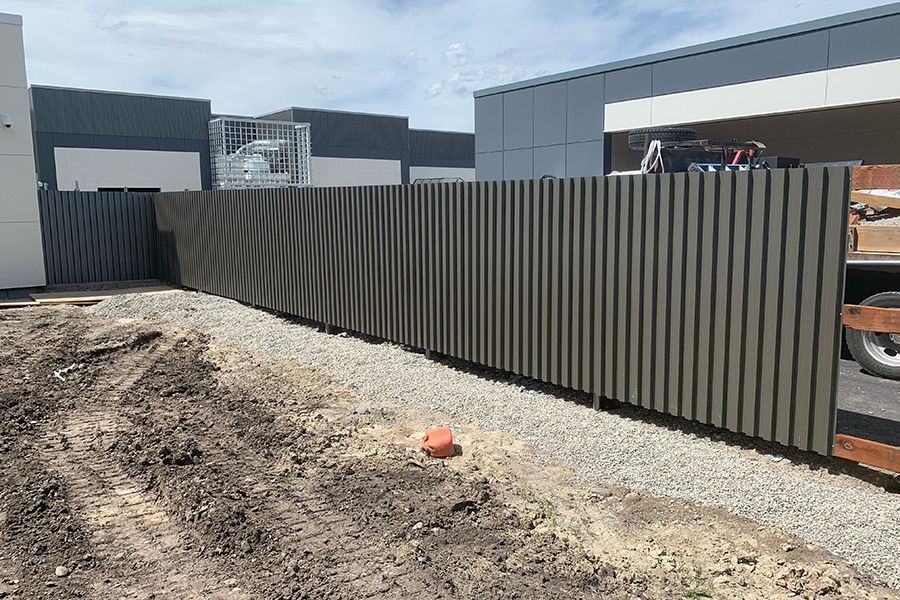Vinyl vs. Wood: A Comprehensive Overview
When it comes to choosing the perfect fence for your home, the decision often boils down to two popular materials: vinyl and wood. Both options offer unique benefits and drawbacks, making the choice highly dependent on your specific needs, aesthetic preferences, and budget.
We’ll guide you through the essential aspects of vinyl and wood fences to help you choose the material that best suits your home.

Why Choose Vinyl Fencing?
- Durability: Vinyl fences are highly resistant to weather, pests, and rot, making them a long-lasting choice.
- Low Maintenance: Because vinyl doesn’t need painting or staining, it requires very little upkeep, making it a hassle-free option.
- Cost: Vinyl fences may cost more upfront, but their durability and low maintenance can save money in the long run.
- Drawback: Vinyl fences offer fewer color and style options, which might limit customization to match your home’s aesthetic.
Wood Fences: The Good and the Bad
- Aesthetic Appeal: Wooden fences have a timeless, natural charm and can be customized with various stains and paints.
- Cost: Typically, wood fences are less expensive upfront compared to vinyl.
- Maintenance: Wood fences require regular maintenance, such as painting, staining, and repairs, to prevent damage from pests and the elements.
- Lifespan: The lifespan of a wood fence can be shorter, particularly in areas that experience harsh weather or humidity.
Cost Comparison: Which Offers Better Value?
Vinyl fences often come with a higher upfront cost but offer long-term savings because of their low maintenance. Wood fences are more affordable at the start but can incur additional costs due to ongoing maintenance.
Vinyl offers long-term value, especially for those looking for minimal upkeep, while wood may be more affordable for those on a tight budget or with temporary needs.
Sustainable Fencing: Wood or Vinyl?
Wood fences are often considered more eco-friendly because they use a renewable resource. However, treated wood can contain chemicals that are less environmentally friendly. On the other hand, vinyl is not biodegradable, but its longevity reduces the need for replacements, lowering its environmental footprint over time.
Consider sourcing sustainably harvested wood or recycled vinyl for a greener choice.
